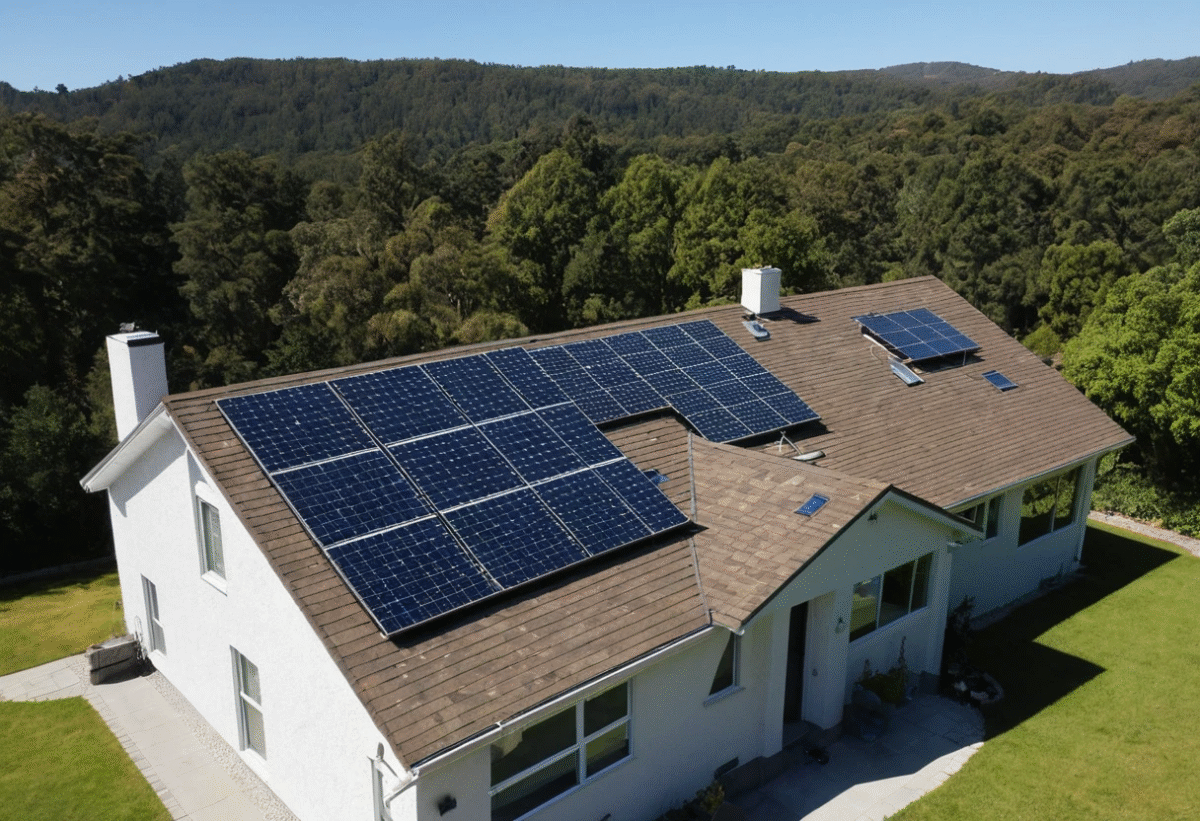Are Solar Panels Worth It? Here’s the Real Scoop (Philippines Edition)
I used to think solar was just for eco-nerds or people who wanted to brag. But when Meralco bills kept climbing, I started thinking: what if there was another way? That led me to actually check the numbers—and I was surprised.
💸 What It Costs in the Philippines
Prices here vary, but you can expect something like this:
-
1 kW system (roughly 4 panels): ₱50,000–₱90,000. Good for light daytime use. – moneymax.ph
-
3 kW setup (8–12 panels): ₱150,000–₱250,000. Covers many households.
-
5 kW system: ₱240,000–₱400,000. Heavy users, air‑con, laundry machines. (For the Yayamanin and Industrial companies)
-
Prices per kW range widely—from around ₱20,000 up to ₱50,000—depending on quality.
There are also installation, net‑metering fees (around ₱50,000), and long‑term warranties. – yuda.com.ph
When You’ll Break Even (And How Long It Takes)
Many folks reach payback in 4–7 years. For example, with a ₱250,000 5 kW grid‑tie system you might save ₱6,600 per month (20 kWh × ₱11/kWh), which means ROI in about 37 months—or just over three years. – realliving.com.ph
Households using 500 kWh monthly could save ₱30,000–₱50,000 annually. That gets you to break-even in about 4–7 years. – reddit.com solaready.ph
One Redditor shared:
“A 5kWp grid‑tie solar system … saves about ₱2,750 per month … ROI: 5 Y 7 M.” – reddit.com
Another wrote:
“Our monthly electric bill averages ~₱4,165… savings per month ~₱2,750.” – reddit.com
Those stories match the numbers above and show it actually works in real households.
Why Prices Vary So Much
-
System size & brand – Premium panels cost more. Readings show 300 W panels range from ₱7,000 to ₱42,000 each. – solarlab.ph
-
System type – Grid‑tie is cheapest. Hybrid (with battery backups) costs more—maybe ₱60/watt vs ₱35/watt for grid‑tie per Reddit.
-
Roof type – Roofs that are steep, tiled, or metal cost more to install. – moneymax.ph
-
Add‑ons, like net‑metering, battery, insurance, monitoring. They add up fast. Some packages include net‑metering; others don’t. – yuda.com.ph
A hybrid quote on Reddit showed:
-
10.45 kW + 10 kWh battery = ₱460,000. – alilyenergy.com(1) reddit.com (2)
Maintenance & Real‑World Use
Panels need little attention beyond a rinse two or three times a year. As one user says:
“The only advice given … is to clean the panels if madumi na.” – reddit.com
You can buy critter guards to stop squirrels chewing cables (yes, that’s a thing). Warranty covers most issues.
What Happens When Brownouts Hit?
If you want backup power during outages, you’ll need batteries. That roughly doubles your costs. That’s a big leap—from ₱250k to ₱400–500k for a 5 kW hybrid setup. – reddit.com
If brownouts aren’t your concern, grid‑tie with net‑metering might be enough. You send extra power to the grid and save credits. One owner said:
“Grid‑tie system with net‑metering. Reduces my monthly bill by 50%. ROI this year (4th year).” – realliving.com.ph
It’s steady, straightforward, and cuts the cost without backup hardware.
Why I Decided to Go Solar
My family’s Meralco bill hit ₱7,000 in summer and ₱4,000 in the cold months. That hurt. Looking at a ₱250k budget, saving ₱3,000 to ₱6,000 per month felt smart long-term. Pwede na diba?
Even more, it changed how I think about energy. I check solar production daily, feel oddly proud when it beats our usage. That led to switching lights to LEDs and insulating windows. It cost nothing but gave me more savings.
That ripple effect was unexpected—and it sticks.
Who Should Think Twice
-
You only stay in your home 1–2 years. Break-even takes 4–7 years.
-
Your roof is shaded or needs major repairs.
-
You can’t handle net‑metering paperwork (takes 1–5 months).
-
You use very little electricity—solar won’t move the needle.
Also, battery setups are great for power outages, but if you just want to cut monthly bills, grid‑tie is more sensible.
Summary: Is It Worth It?
For many Filipino households paying ₱5,000–₱8,000 monthly, a ₱150k–₱400k solar upgrade can cut your bill in half. That pays for itself in 4–7 years, and panels last 25+ years. After that? Solid savings, month after month.
You get lower bills, fewer surprises, and some quiet pride in producing your own power—not to mention creeping eco-cred.
Smart Tips Before You Pay
-
Get at least 3 quotes. Prices, warranties, and quality vary.
-
Check if net‑metering is included. It’s vital for grid‑tie savings.
-
Consider your roof’s condition. Repair it before installation.
-
Ask about brand and warranty. Panels last long—make sure they’re guaranteed.
-
Decide early: grid‑tie or hybrid. Batteries cost a lot more and might not be worth it unless you really need power during brownouts.
Final Take: My Two Cents
Was it worth it? Absolutely. My own payoff is around year 6, and I’ve already picked up habits that save even more. It’s wasn’t magic, but it was smart.
If you’re serious about cutting costs, hate months of high bills, and are ready for a multi-year plan, solar can be one of the best home upgrades you’ll ever make. Just do your homework, plan it right, and you might wonder why you waited so long.


Join The Discussion